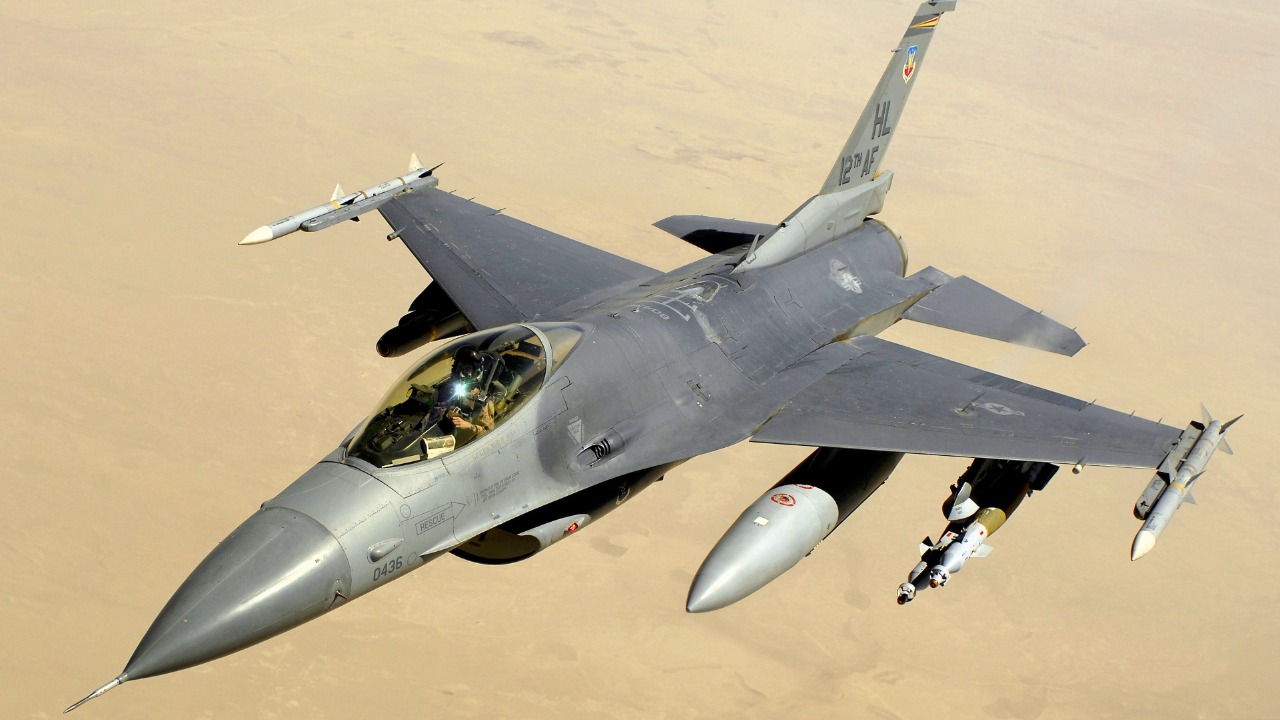
The Danish Air Force is making significant strides in modernizing its fighter fleet, replacing its F-16s with more advanced F-35As from the United States. This shift towards fifth-generation stealth aircraft is a key development in Denmark’s military capabilities. Meanwhile, the U.S. Air Force is facing its own challenges with the F-16, highlighting the complexities of transitioning from legacy fourth-generation fighters.
The Legacy of the F-16 Fighting Falcon
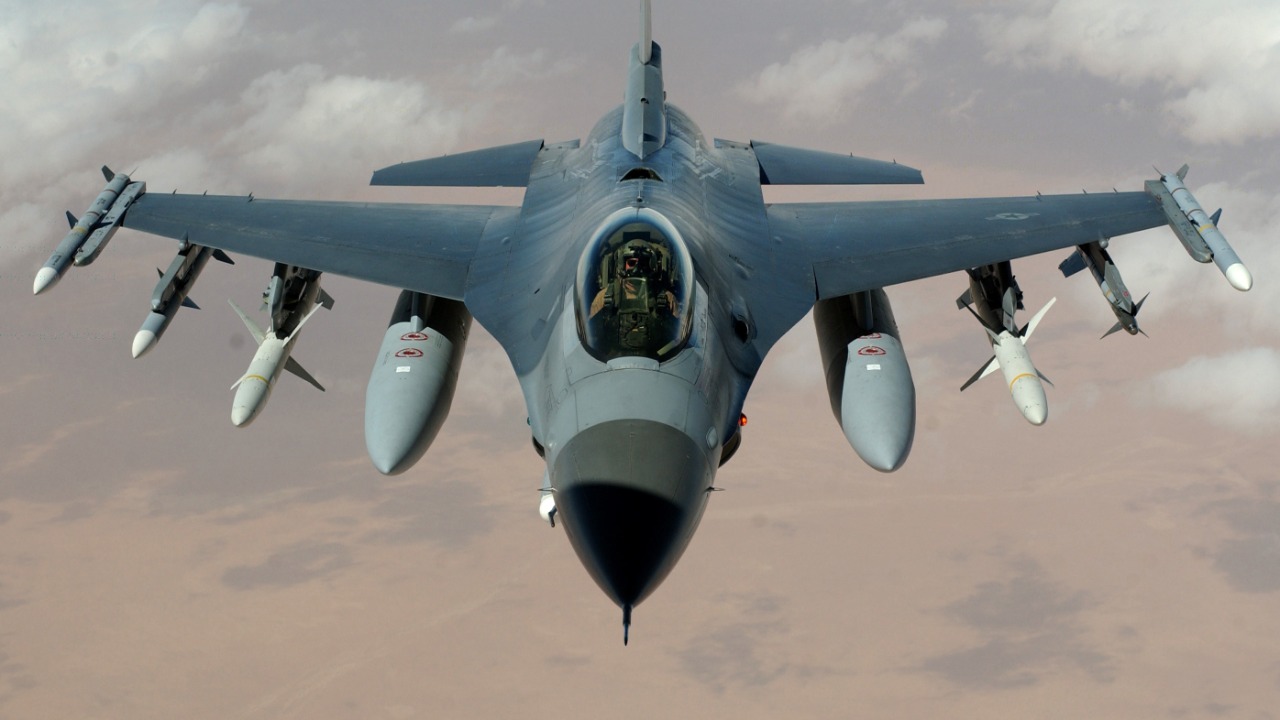
Introduced in the 1970s, the F-16 Fighting Falcon has played a pivotal role as a multirole fighter. Its versatility has led to its adoption by over 25 air forces worldwide for both air-to-air and air-to-ground missions. The F-16 has seen service in numerous conflicts, from the Gulf War to modern NATO exercises, demonstrating its reliability and adaptability over decades.
However, despite its proven track record, the F-16 is facing limitations in today’s contested environments. Advanced threat scenarios necessitate more sophisticated aircraft, setting the stage for the need to replace the F-16 with more modern alternatives.
Denmark’s F-16 Fleet and Retirement Timeline
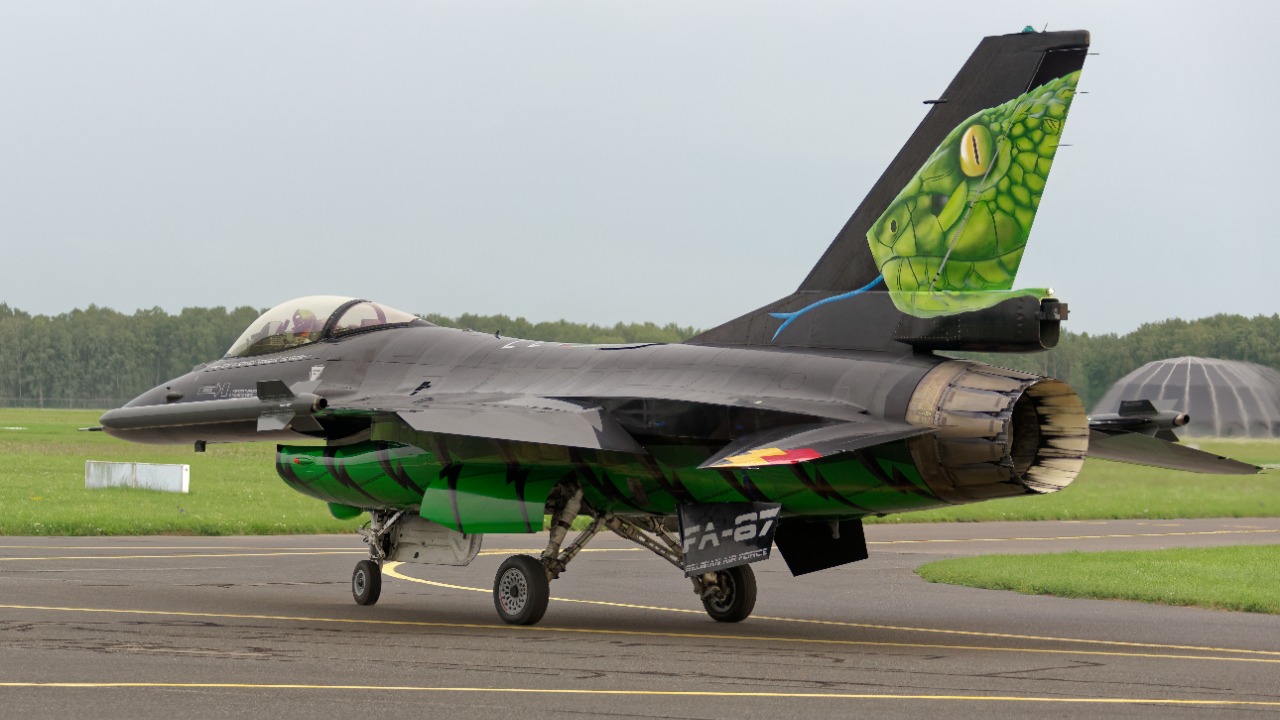
The Danish Air Force currently operates approximately 40 F-16AM/BM fighters, which were acquired in the 1980s and have been upgraded through the Mid-Life Update program for extended service. However, the aging airframes and the need for stealth capabilities against evolving threats have driven the decision to phase out Denmark’s F-16s by 2025.
The strategic rationale for this replacement includes considerations such as NATO interoperability and Denmark’s contributions to collective defense. The transition to the F-35A is seen as a necessary step to maintain Denmark’s defensive capabilities in the face of modern threats.
The F-35A: A Fifth-Generation Successor
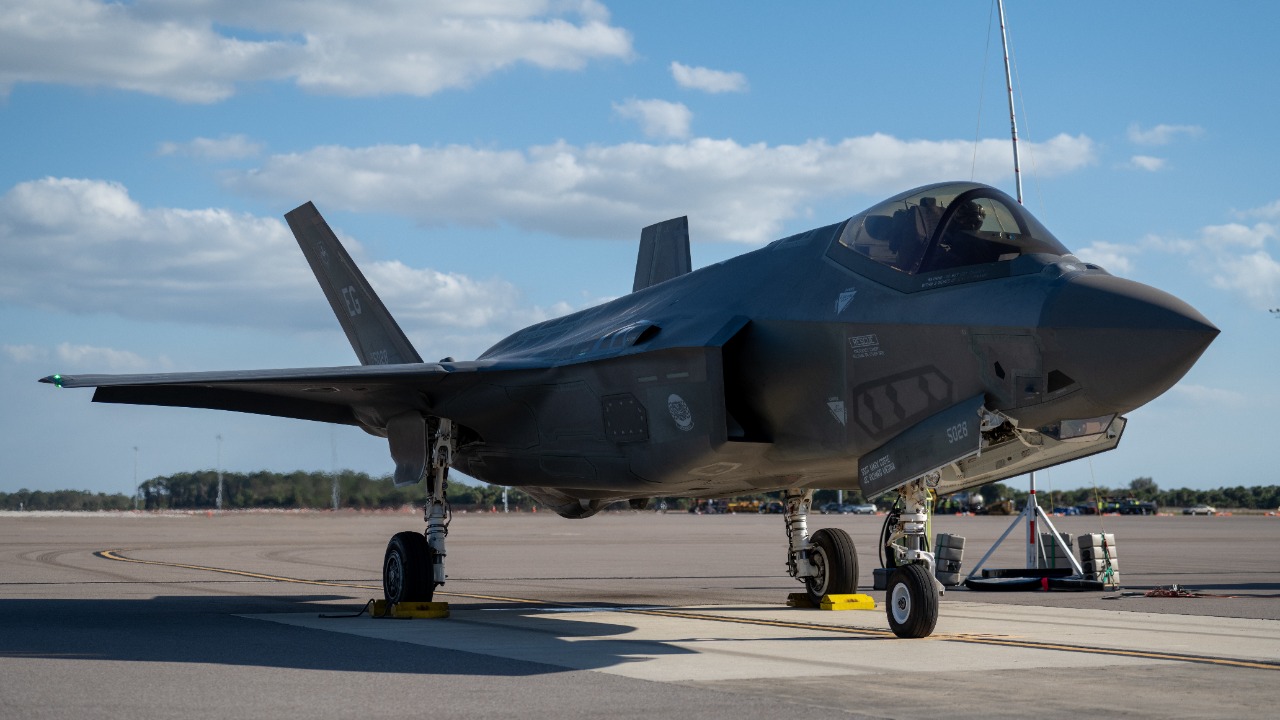
The F-35A brings a host of advanced features to the table, making it an ideal successor to the F-16. Its stealth design, sensor fusion, and network-centric warfare capabilities position it as a formidable player in modern aerial combat. The Danish Air Force has acquired 27 F-35As under a 2016 deal with Lockheed Martin, with initial deliveries starting in 2023 to build operational squadrons.
The integration of the F-35A into Danish operations includes training at Luke Air Force Base in Arizona and basing at Skrydstrup Air Base. This transition represents a significant upgrade in Denmark’s air defense capabilities.
Recent Deliveries Advancing Denmark’s Transition
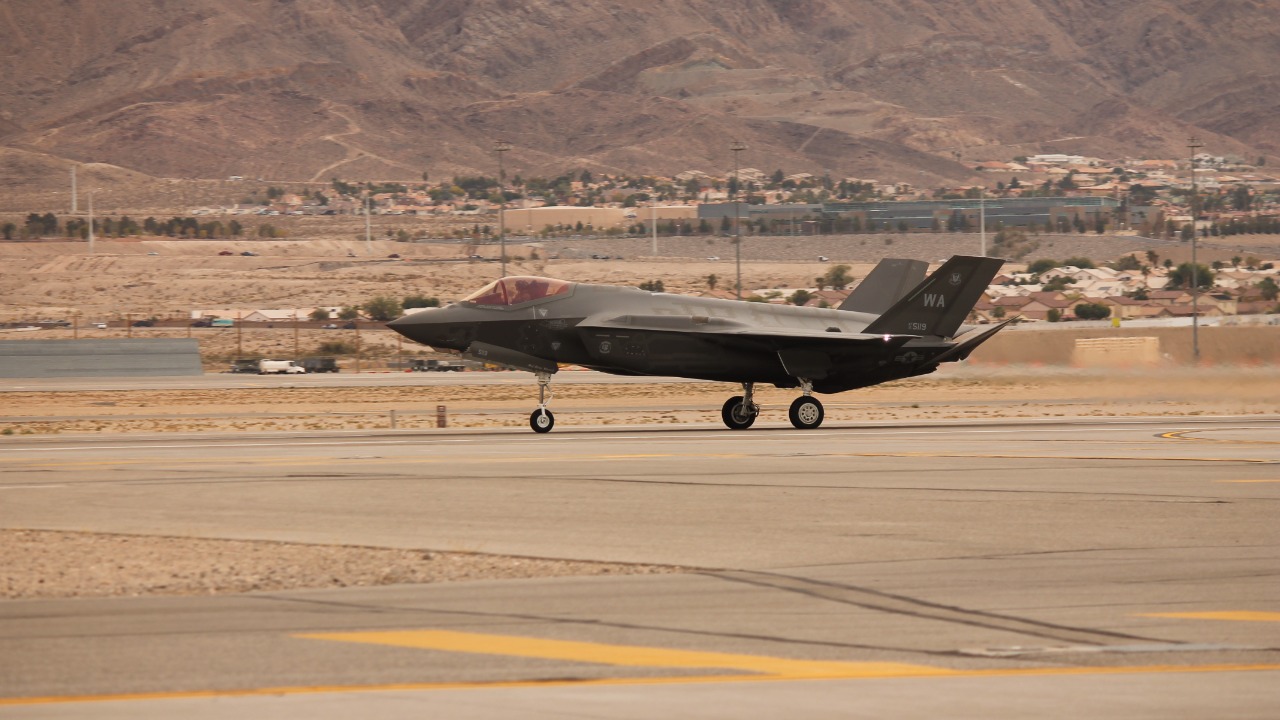
The arrival of more F-35As from the United States to the Danish Air Force, as of December 10, 2024, is accelerating the replacement of its F-16s [source]. These deliveries, produced from Lockheed Martin’s Fort Worth facility, have been approved under Foreign Military Sales by the U.S. government.
The new aircraft are expected to enable faster achievement of full operational capability by the mid-2020s, significantly impacting readiness and bolstering Denmark’s defense capabilities.
U.S. Air Force Challenges with the F-16
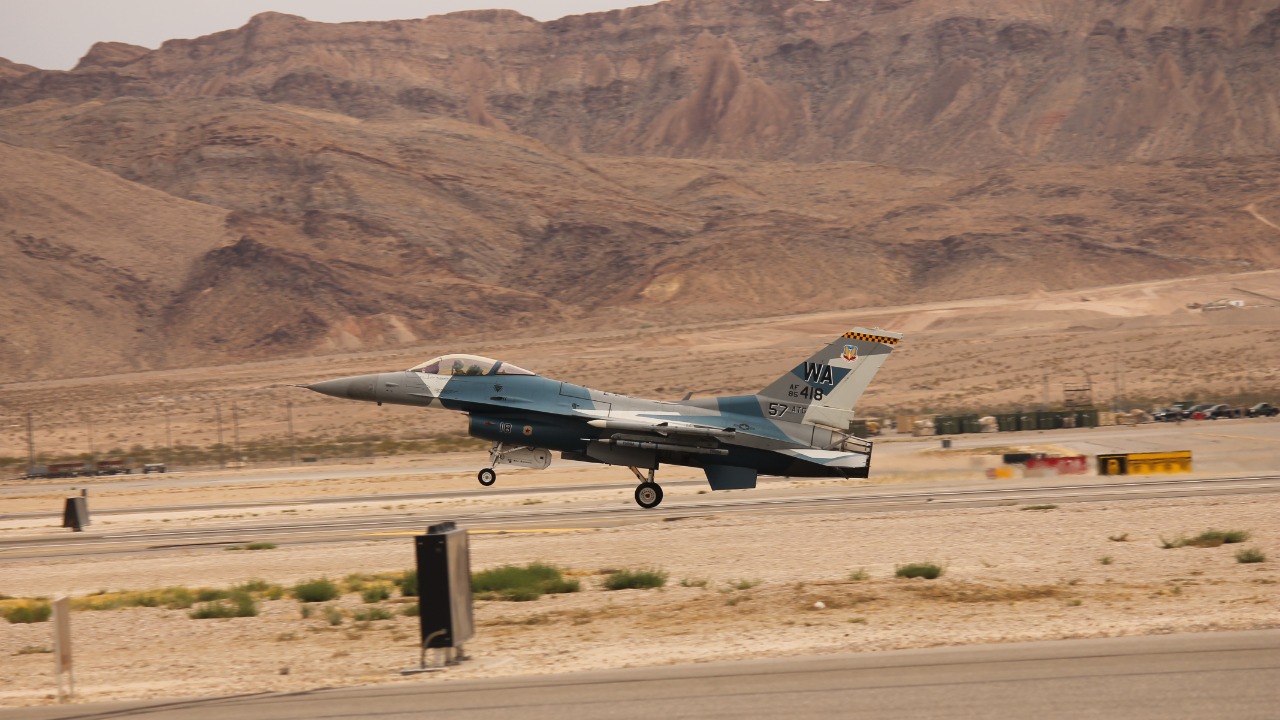
The U.S. Air Force continues to rely heavily on over 800 F-16s in active service, despite plans to retire older Block 30/32 variants starting in the early 2020s. Sustainment issues, including high maintenance costs and parts shortages, complicate the balance between maintaining legacy fleets and acquiring new aircraft like the F-35.
Efforts are underway to extend the service life of the F-16s until F-35 numbers grow sufficiently. These include the Service Life Extension Program, which aims to keep the F-16s viable in the interim.
The Broader U.S. F-16 Dilemma
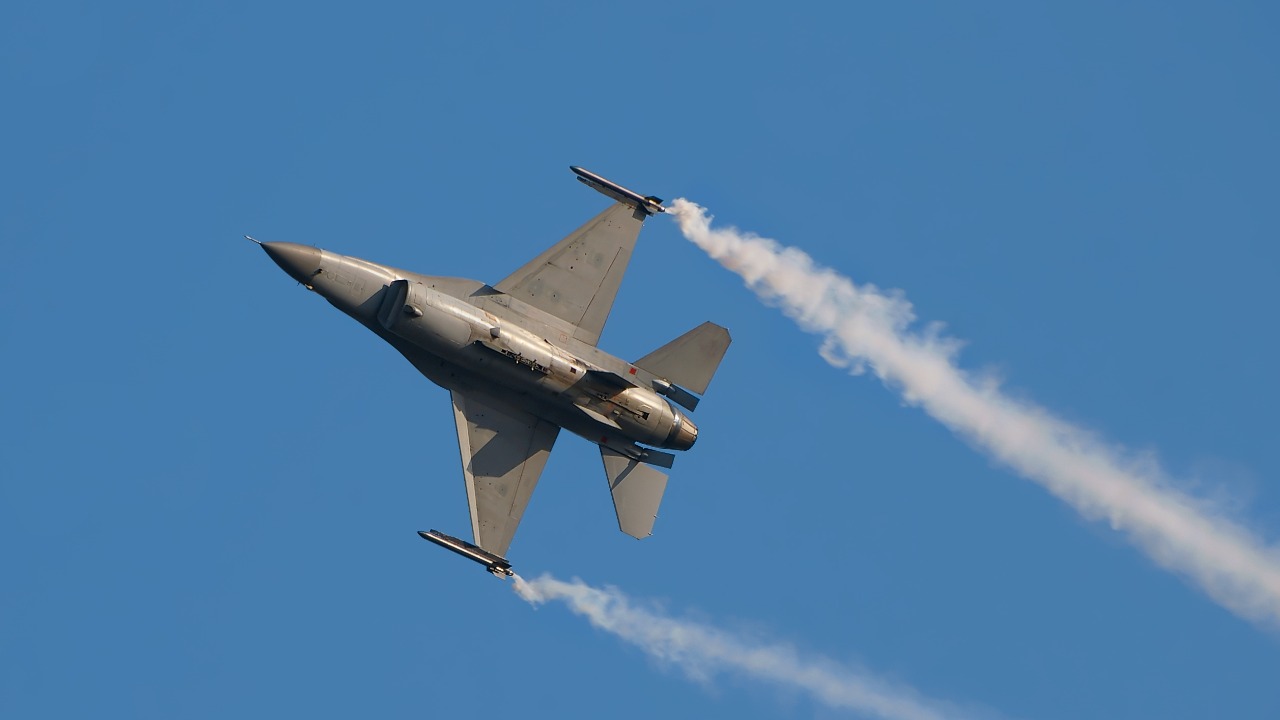
The U.S. Air Force’s F-16 fighter dilemma extends beyond mere replacement issues. Debates over export controls, domestic production halts, and the tension between retaining experienced pilots on familiar platforms versus investing in next-generation systems are all part of the complex situation as of January 2025 [source].
Geopolitical factors, including F-16 transfers to allies like Ukraine and Taiwan, deplete U.S. stocks and intensify replacement pressures. Fiscal constraints also play a role, with annual F-16 operating costs exceeding $8,000 per flight hour, compared to the F-35’s long-term efficiencies despite higher upfront expenses.
Global Trends in F-16 Replacements
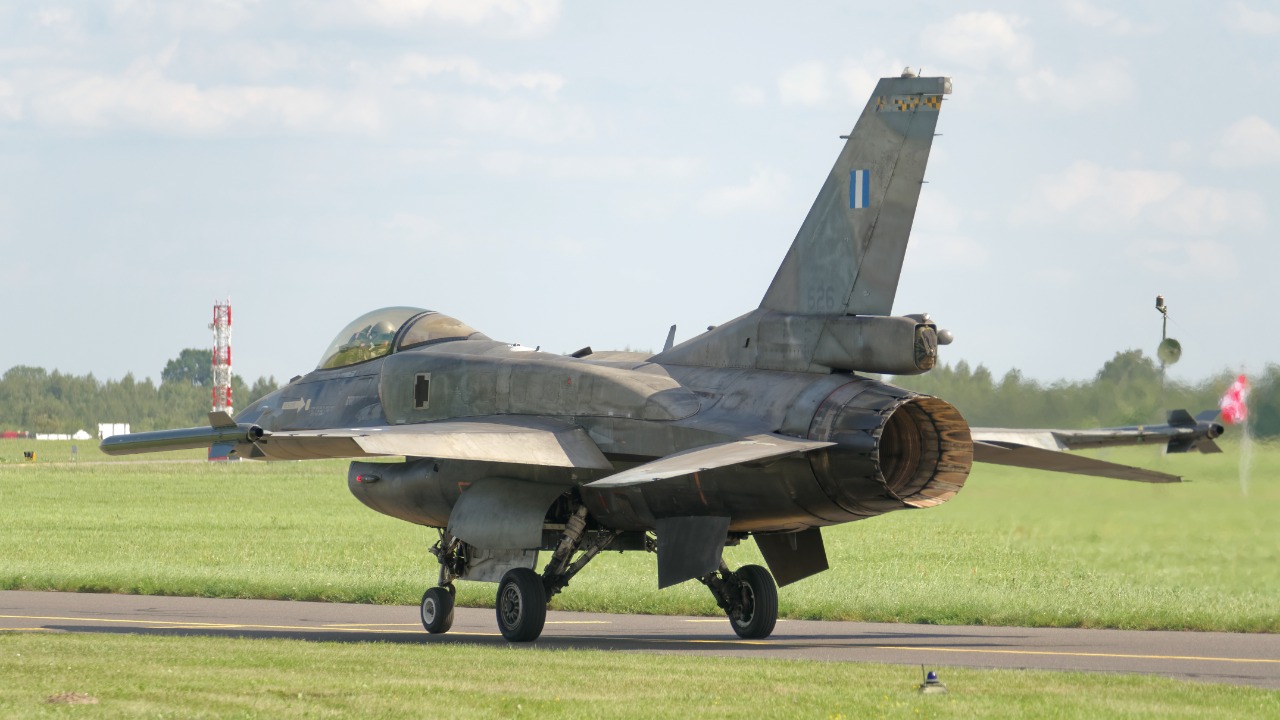
Other nations are also transitioning from F-16s, with countries like the Netherlands and Belgium adopting F-35s through joint programs, mirroring Denmark’s path. Alternatives like the F-15EX are being considered by the U.S. and allies seeking non-stealth upgrades, contrasting with the F-35’s dominance in Western fleets.
Future replacements include South Korea’s KF-21 and potential European collaborative fighters, which are expected to influence global F-16 phase-outs by 2030. These developments underscore the ongoing global shift towards more advanced, fifth-generation fighter aircraft.